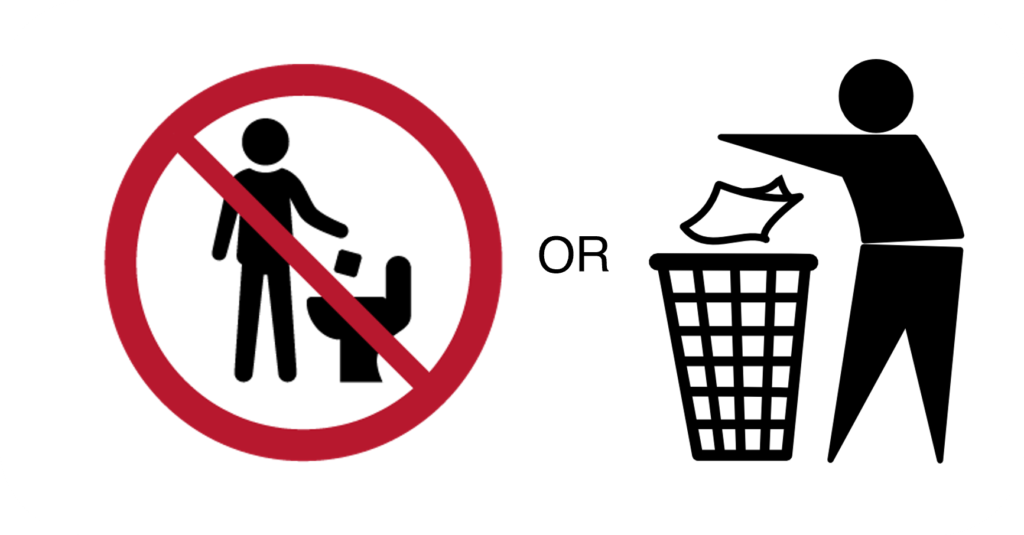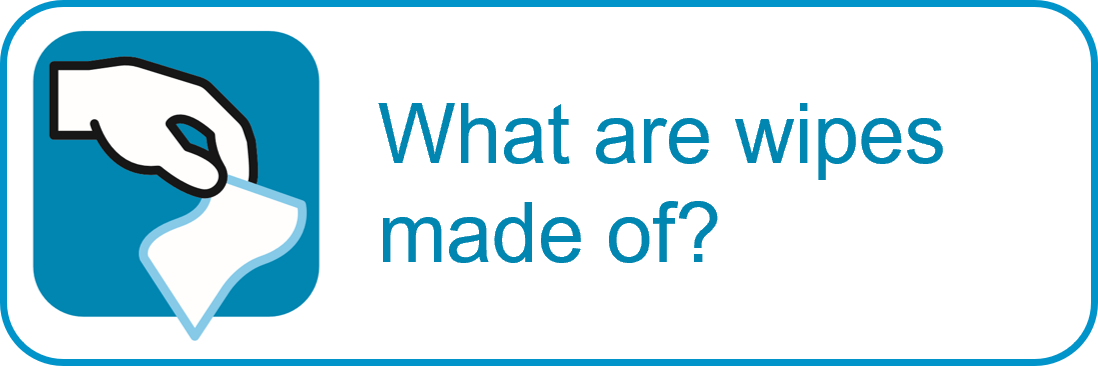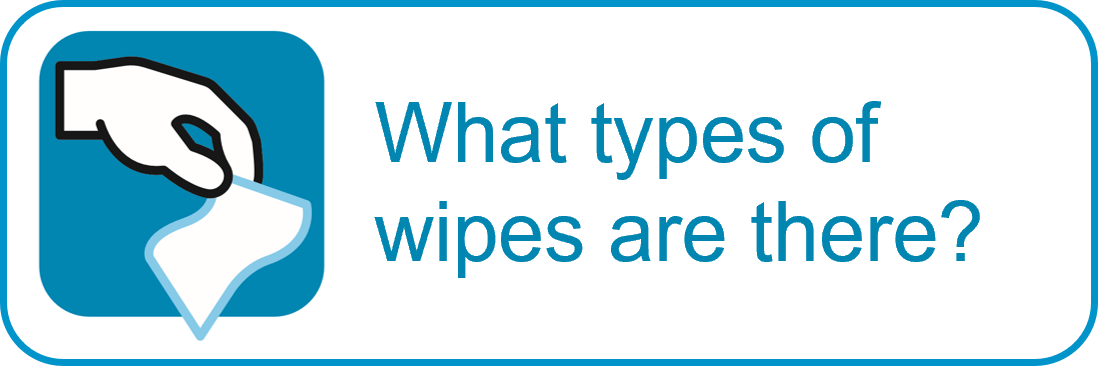Wet wipes are single-use disposable cleaning cloths. Wipes are a very convenient, hygienic and effective way to clean—whether a baby’s bottom, household surface or for a specific commercial/industrial application.
Wipes are popular, and increasing in popularity. Why?
- They can be used anywhere
- They are easily transported
- No water is needed
- They are effective at cleaning
- They are sturdy (baby bottom + hole in wipe = yuck!)
- They are available for a wide range of uses and to suit different preferences
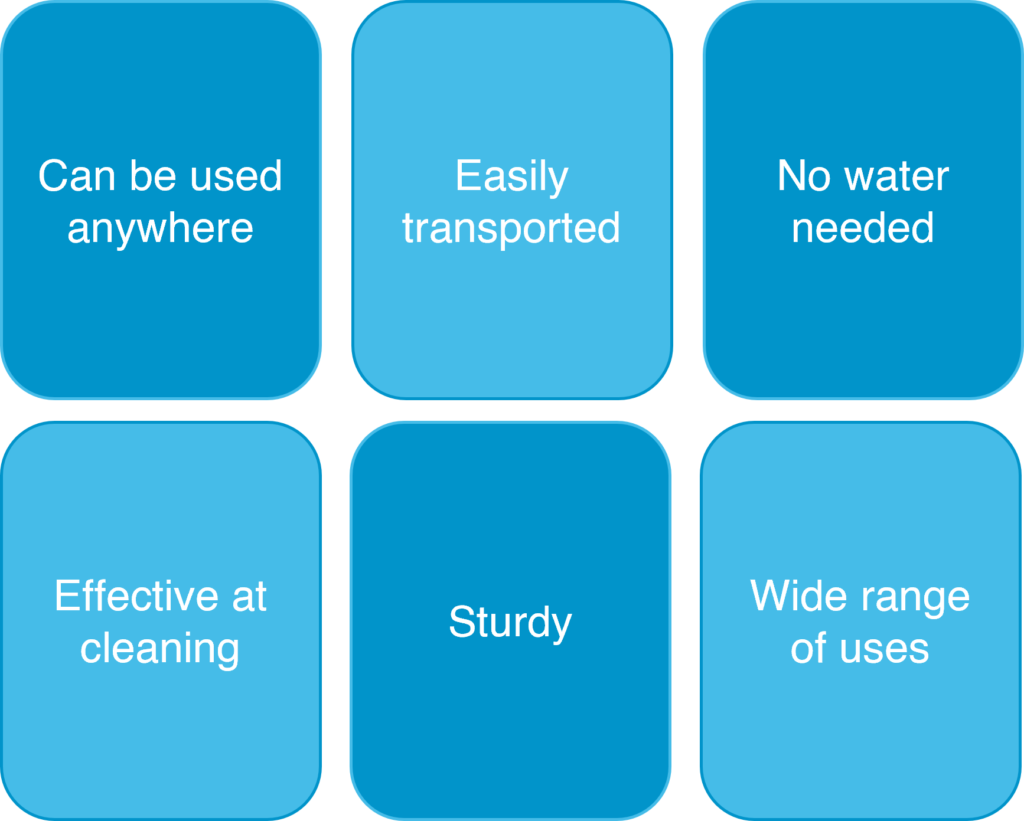
What are wipes made of?
Wipes are made from two parts: a non-woven fabric and an infused solution.
Nonwoven fabric
Nonwoven fabric is made from fibres that are bonded together using chemical, mechanical or heat treatment. For example, a slurry of fibres, water and other ingredients may be rolled into flat sheets and then dried – this is mechanical treatment. An international definition of ‘nonwovens’ can be found in ISO Standard 9092:2019.
In contrast, woven fabric holds together by the interlacing or weaving of two or more continuous fibres, and knit fabric consists of one continuous yarn that is looped repeatedly around itself.

Left to right: woven, knit, nonwoven
Nonwoven fabric is specifically engineered for the intended use of the wipe. Properties such as thickness, durability, absorbency, stretchability, texture, softness, biodegradability and cost can vary depending on the choice of:
Fibre material, e.g.:
• natural materials such as cotton, wood pulp/rayon
• synthetic materials such as polyester, polyethylene or polypropylene
• a combination
Fibre length, e.g.:
• baby and facial wipes have long fibres, making them tear-resistant
• flushable wipes are made of short, biodegradable fibres to help disintegration after flushing
Bonding process, i.e., chemical, mechanical or heat
Infused solution
The infused solution is usually a mixture of ingredients formulated to give specific properties.
Water is usually the main ingredient, often at well over 90% of the content, although this varies depending on what the wipe will be used for.
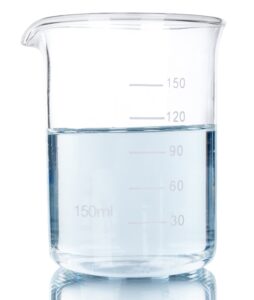
Then there is the cleansing agent or surfactant, with the exact ingredient/s depending on the use of the wipe. For example, baby wipes would contain mild surfactant whereas oven wipes would contain more powerful surfactant.
Other ingredients could include:
• Humectants, which help prevent the wipes drying out
• Skin moisturisers and emollients, which soften and sooth the skin, maintaining its pliability and appearance
• Preservatives, which help prevent the growth of microorganisms in the product
• Antibacterial and disinfectant ingredients, which kill microorganisms
• Thickeners, which help maintain the solution at a suitable consistency
• Emulsifiers, which assist in the formation and stabilisation of an oil/water solution
• Buffers, which maintain the pH of the solution
• Solvents, which dissolve other ingredients (water is the main solvent)
• Fragrance
What types of wipes are there?
Wipes can be divided into three categories, depending on where they are used.
Personal care wipes include baby, personal hygiene, hand sanitising, facial/makeup removal, body cleansing, feminine hygiene, medical (e.g. eye wipes and antiseptic swabs) and sunscreen wipes.
Household wipes include wipes for general purpose home care – cleaning or disinfecting, floor cleaning, kitchen cleaning, bathroom cleaning, toilet cleaning, stainless steel cleaning, glass cleaning, marble cleaning, car cleaning, lens cleaning, furniture conditioning and shoe polishing.
Commercial/industrial wipes include general purpose, speciality, food service and healthcare wipes.

In some categories, wipes are considered almost indispensable. Take baby wipes, for example—more effective and hygienic on a sticky bottom than toilet paper, gentle enough to be used on sensitive young skin and convenient to use ‘on the go’.
And, in some applications, wipes may provide additional benefits. Hospital cleaning and disinfectant wipes, for example, are pre-soaked disposable wipes that are used instead of the traditional cloth and bucket method. Hospital wipes may help prevent cross-contamination and the spread of microorganisms, reduce hospital-acquired infections and decrease the time taken to clean and disinfect.
Flushable wipes – do they exist?
Many wipes are not designed or intended to be flushed.
Because they need enough wet-strength for scrubbing a baby’s bottom or kitchen bench without falling apart, traditional, non-flushable wipes do not disintegrate (break up into small enough pieces) in the same way as toilet paper.
Non-flushable wipes must be disposed of in the bin.
However, some wipes are designed for flushing down the toilet. They have enough wet strength for their intended use as well as the ability to disintegrate in the wastewater system. Flushable wipes contain zero plastic and are typically made of short fibres that have low wet strength after flushing.
World first: new Australian/New Zealand Flushable Products Standard
In a world-first, the Australian/New Zealand Standard for Flushable Products AS/NZS 5328 was published in 2022. Notably, the development of this standard was through the collaboration of expert representatives from the urban water industry, the wipes industry and the cleaning products industry, including leadership from peak bodies the Water Services Association of Australia, the Australian Food and Grocery Council and Accord Australasia.
The Standard provides test methods and criteria for determining whether products—including wipes—are suitable for flushing down the toilet. The product needs to pass every test in the standard: toilet and drainline clearance tests, household and municipal pump tests, the disintegration test, aerobic and anaerobic biodisintegration tests and the settling test. The product must also contain zero plastic.
The Standard also provides requirements and guidance for the labelling of products that have a high potential to be disposed of down the toilet. This includes a new logo that can be used for flushable products. The ‘Do Not Flush’ or ‘Tidy Man’ logo should be used for products that have a high potential to be flushed but that do not meet the requirements of the Flushable Products Standard.
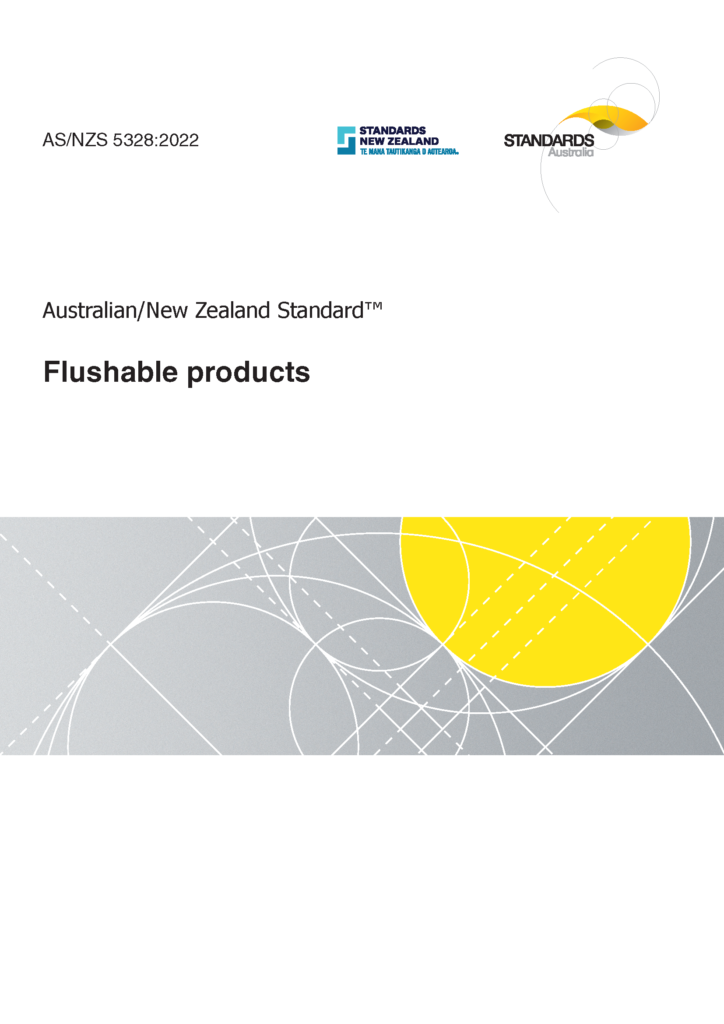
© Standards Australia Limited/Standards New Zealand 2022
For more information on flushable products and the A/NZ Standard, see ‘Q&A on Flushable Products’, prepared in conjunction with the Water Services Association of Australia (WSAA) and the Australian Food & Grocery Council (AFGC).
Flushable products symbol
∨

Non-flushable products / ‘Do not flush’ symbol
∨
